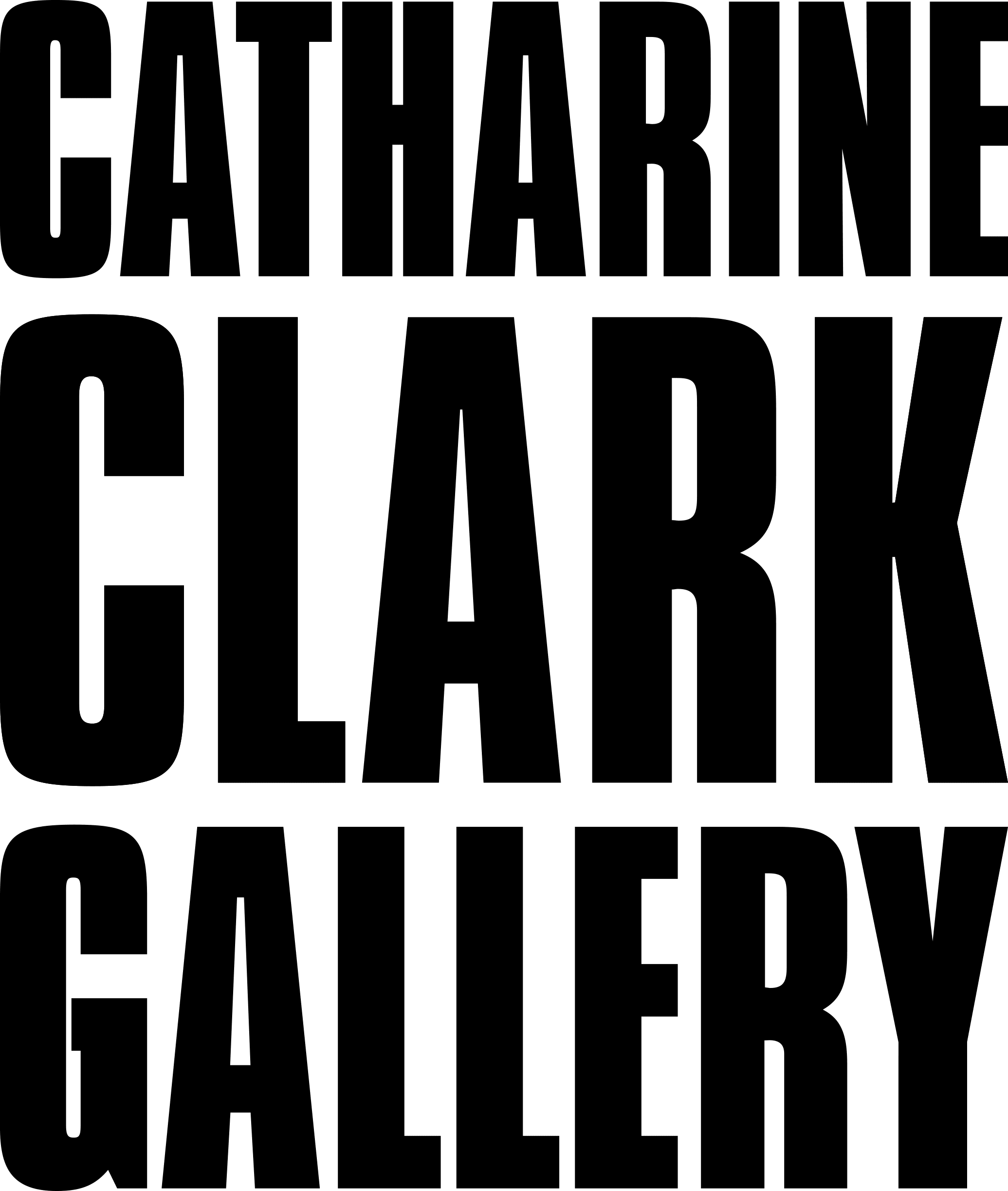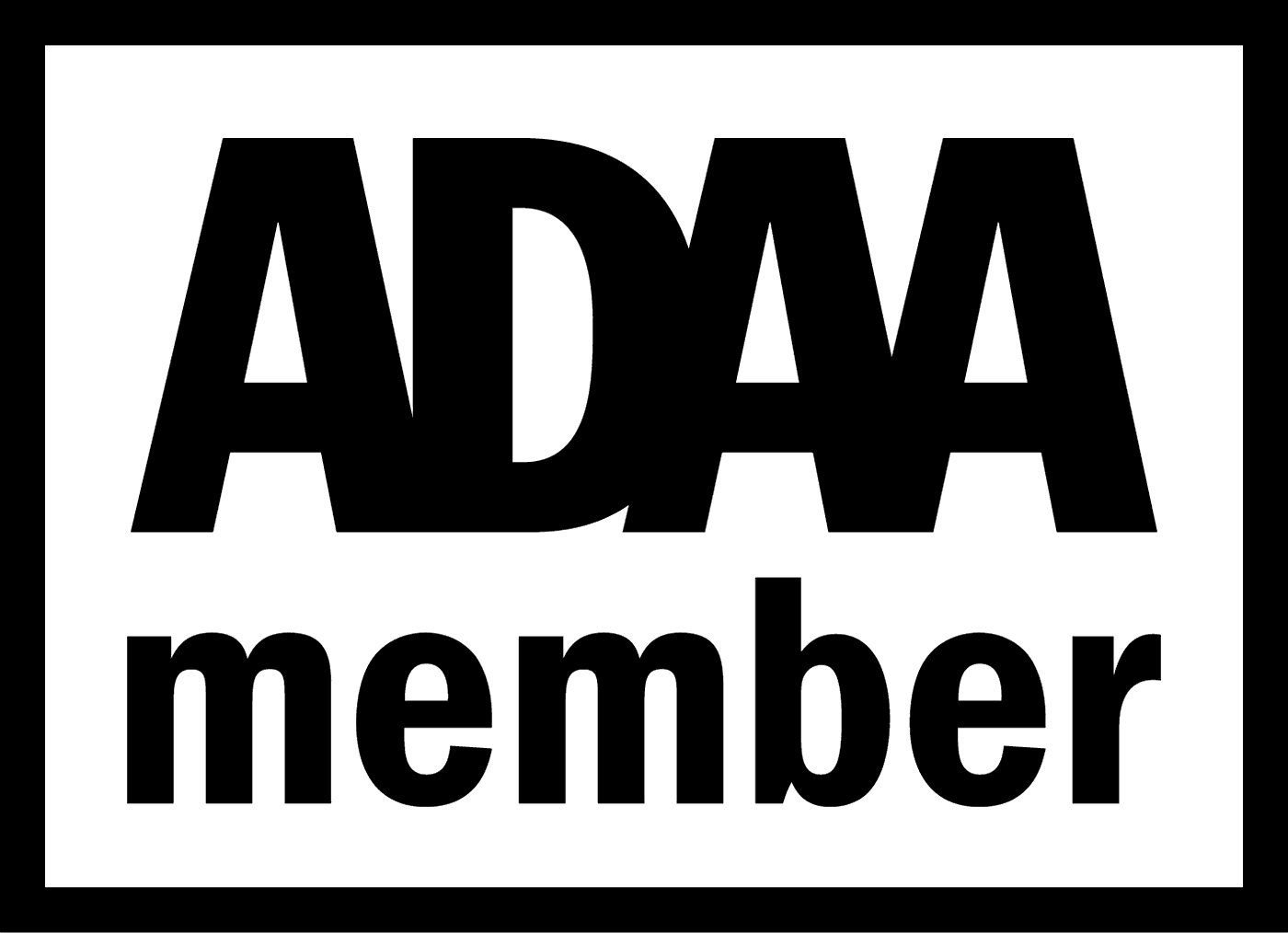San Francisco, CA: Catharine Clark Gallery (CCG) announces Two Libraries: Recently Sorted Books, a solo exhibition of new and selected works by Nina Katchadourian. The exhibition dates are January 4 through February 15, 2014. The artist will be present for a reception and book share on Saturday, January 11. The opening, exhibition, and events are free and open to the public (hours and dates below).
2013 marked the 20th anniversary of Nina Katchadourian’s Sorted Books series. An on-going project initiated in 1993, this series currently spans two decades and ten book collections, public and private, in the United States and abroad. Along with selections from Once Upon a Time in Delaware/In Quest of the Perfect Book, this exhibit will be the first featuring photographs from Family Gathering, the tenth and newest addition to Sorted Books. Nina Katchadourian’s Sorted Books involves a process of mining library collections, “sorting” book titles to construct narrative sequences, and ultimately photographing the book clusters. The arranged volumes transcend their objecthood, each title becoming a line in a poem and a part of a visual composition. Whether within the shelves of friends’ studies or from a museum library collection, Katchadourian creates a two-fold photographic portrait: a cross-section of each library’s holdings and an elliptical portrait of its owner. The juxtaposition of works arising from these two very distinct collections (described below) highlight the wide range of cover convention, book design, and physicality of the volumes which Katchadourian skillfully portrays in her work.
Once Upon a Time in Delaware/In Quest of the Perfect Book: In 2010, Katchadourian was invited to delve into the shelves of the Delaware Art Museum’s M.G. Sawyer Collection of Decorative Bindings, a collection of over 2,000 books from 1870 to 1920 that were acquired principally based on cover design. Due to the interesting visual information on the covers, the images in this sorting have a different composition, with the book covers facing up rather than the spines facing out. With this simple change, Katchadourian highlights both the linguistic and visual shifts within the Delaware Art Museum’s collection, and in American literature: primly bound Victorian books that focus on knights, kings, European history and romantic themes; racy novel-covers thirty years later canonizing the West, Native Americans, and frontier lore; and cover designs signaling the loss of innocence experienced after the first World War. This series, the ninth in Sorted Books, yielded sixty photographs, twenty-six of which will be on view in the exhibit. Family Gathering: The tenth and most recent series in Sorted Books, Family Gathering arose from a 2013 commission to work with the private library of a Texan family. Katchadourian was invited to freely visit all parts of the family residence in Austin, Texas where she found books in almost every common space, closet, bathroom and bedroom. For a week, Katchadourian worked with the intermingling book collections of this family of five bibliophiles whose ages spanned four decades. The books reflect a wide range of sensibilities, tastes and interests: politics, nature, personal philosophy, cooking and food, science, contemporary art, history, and humor. The resulting work is a portrait of the poetry of shared family life—the mingling of interests and possessions, the gathering of several separate identities under one roof. Of the approximately thirty photographs from this book sorting, eighteen will be on view in the current show.
2013 also marked the west coast book launch of Nina Katchadourian’s Sorted Books monograph, chronicling 20 years of the Sorted Books project. This publication includes over 90 color plates of book sortings at eight different book collections since 1993. Including an introductory essay “Open Stacks” by Brian Dillon, and written prefaces to each sorting by the artist, the book itself is visually and intellectually compelling in its own right, becoming another dimension of the original project. In its examination of novel objecthood, photography, and portraiture, Publisher’s Weekly cites Katchadourian’s project as “particularly relevant… two decades later, with tablets and e-readers prevalent.”



